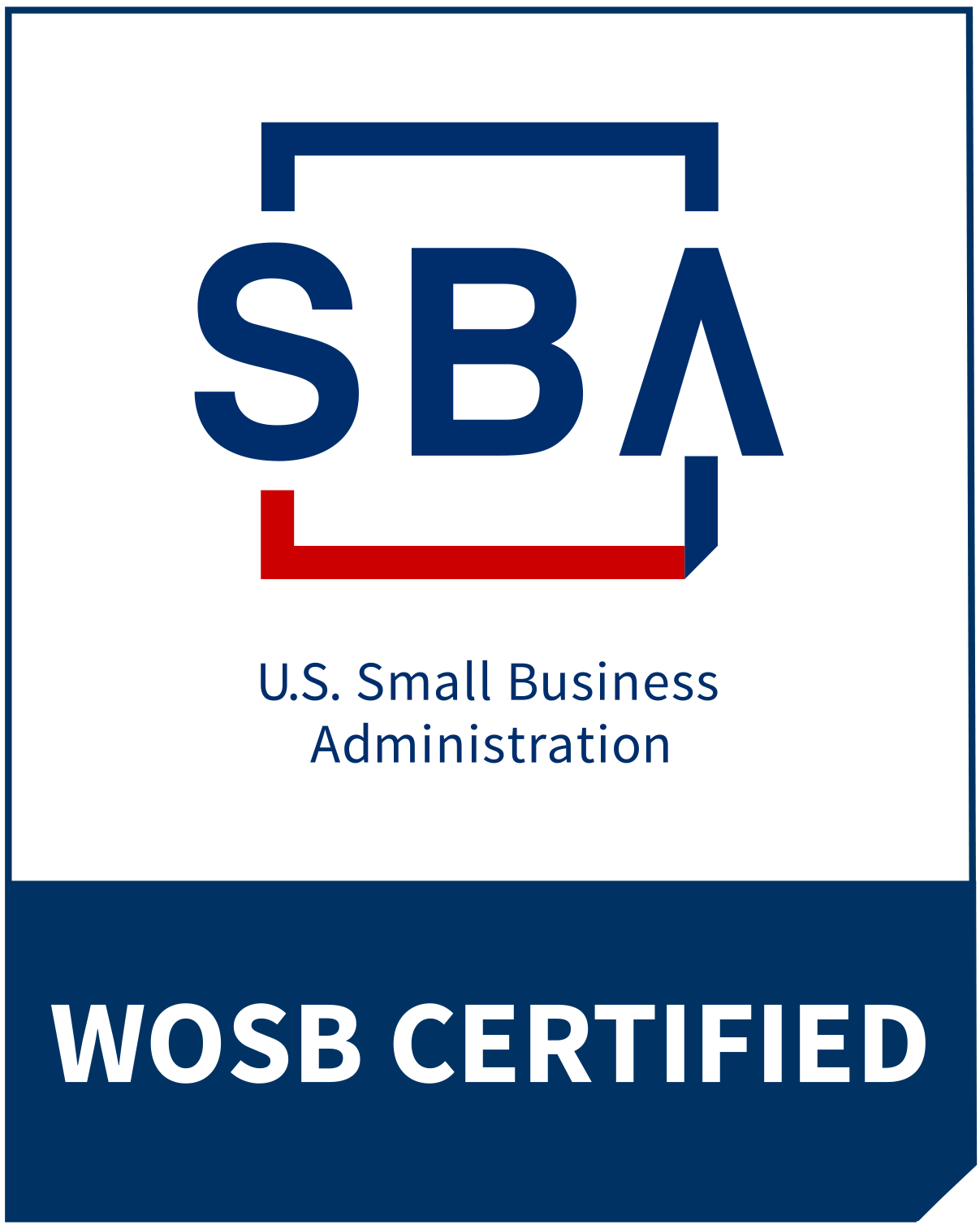Cash Flow Trouble? Systems Are the Answer
Cash Flow Trouble? Systems Are the Answer
You’re bringing in more clients, but somehow there’s still no money left at the end of the month.
You’ve cut personal expenses, delayed your own paycheck, and maybe even skipped some things your team needed—all in the name of protecting cash flow. But still, the numbers aren’t adding up.
This isn’t just frustrating. It’s confusing. And it feels personal, like you're failing at something you should be able to figure out.
Let me tell you: you are not failing. But you might be growing broke.
What Does “Growing Broke” Mean?
Growing broke happens when your business is bringing in more revenue, but profits are shrinking—or disappearing entirely. The more your business grows, the worse your financial situation gets. And the scary part? You’re too busy putting out fires to realize the real issue isn’t the economy, a slow-paying client, or a bad hire.
It’s a lack of structure. More clients shouldn’t mean more chaos.
Growing broke isn’t a revenue problem. It’s a systems problem.
You didn’t do anything wrong by focusing on growth—it’s what we’re all told to do. But what no one tells you is that growth without systems is like pouring water into a bucket full of holes. No matter how fast you pour, it’ll never fill.
Are You Growing Broke?
Take a minute to check in:
🔲 Are you working harder than ever but still financially
stuck?
🔲 Are you unclear about which clients or projects are
profitable?
🔲 Is onboarding a new team member a slow, painful
process?
🔲 Do you feel like you can’t take time off without
everything stalling?
🔲 Are you nervous about looking too closely at your
numbers?
 Are you working harder than ever but still financially stuck?
Are you working harder than ever but still financially stuck? Are you unclear about which clients or projects are profitable?
Are you unclear about which clients or projects are profitable? Is onboarding a new team member a slow, painful process?
Is onboarding a new team member a slow, painful process? Do you feel like you can’t take time off without everything stalling?
Do you feel like you can’t take time off without everything stalling? Are you nervous about looking too closely at your numbers?
Are you nervous about looking too closely at your numbers?
If you nodded yes to more than one of these, you’re probably growing broke.
And here’s the thing—working more hours, hiring more help, or throwing money at new tools won’t fix it. Because the root issue isn’t a lack of effort. It’s a lack of clarity, consistency, and structure.
In other words: it’s a systems problem.
Profit Comes from Strategy—Not Hustle
Ever notice how the most chaotic businesses always think they just need one more person or one more tool?
So many business owners believe that profitability is a grind game–if you just push harder, sell more, or work longer, things will eventually click into place.
But the truth is, effort without structure leads to burnout, not better margins.
Profitability isn’t about doing more—it’s about doing better.
That’s why adopting a systems-first mindset is the game-changer.
What Is a Systems-First Mindset?
A systems-first mindset means that instead of trying to fix problems with quick hacks, more tools, or another hire, you take a step back and ask:
“What’s the repeatable process that would make this easier, clearer, and less dependent on me?”
It’s not glamorous. But it’s transformational.
When you adopt a systems-first mindset:
You stop duct-taping your business together with heroics.
You design for scalability from the inside out.
You build a business that runs more smoothly—and more profitably—whether you’re in the office or on vacation.
It’s not about perfection. It’s about creating just enough structure so your business can grow without growing broke.
Expense Control Isn’t the Whole Answer
One of the first things owners do when profits shrink is slash spending. That can help—but only to a point. Cut too deeply and you hurt your ability to serve clients, deliver quality, or retain your best team members. The goal isn’t to become a bare-bones operation. It’s to spend smarter.
When you have no structure, every problem looks like a staffing or tools problem—when really, it’s a systems problem.
Here’s what that looks like in real life:
You reduce your development or design team, but timelines still slip because there’s no documented workflow to pick up where someone left off.
You downgrade your project tools, but your team spends more time communicating and less time producing.
You cut your paid ads or content budget, but since there’s no clear lead tracking system, you’re not sure what was even working.
Smart expense control starts with smart systems.
Ask yourself:
What expenses have gone up the most in the last 6 months?
Which of these expenses directly contribute to revenue or customer retention?
Could better systems reduce reliance on these costs?
Here are some common categories worth reviewing—with a systems lens:
Labor: Are your best people spending time on high-value tasks, or chasing loose ends because nothing is streamlined?
Tech stack: Are your tools supporting clear, efficient processes—or just adding clutter?
Client delivery: Are you reinventing the wheel for every new client because no one has documented “how we do things here”?
Management overhead: How many decisions still rely on you personally because there’s no consistent way of operating?
Without systems, you’re not in control of your expenses. They’re in control of you.
Systems Are the Secret to Sustainable Profitability
Many business owners believe more clients = more money.
That’s true—IF your business can handle the volume.
If every new client or employee adds more complexity, that’s not scalability—that’s instability.
If your business is struggling to stay profitable as it grows, you don’t need another software tool.
You need a better system.
When you systematize, you create repeatable ways of working that support growth, not strain it. You build the structural integrity that keeps your business from collapsing under its own weight.
When you map out how things should work—before scaling them—you create the foundation for:
Clarity: Everyone knows what’s expected and how to get it done.
Efficiency: Less wasted time, fewer dropped balls, and faster delivery.
Scalability: You can bring in new clients or team members without burning out.
Profitability: Because fewer mistakes, less rework, and more consistent performance lead directly to stronger margins.
Here’s the litmus test:
Can your business take on twice as many clients without doubling your stress?
If the answer is no, it’s time to take a hard look at the way your business actually runs—not just how you wish it would run.
That’s where systems come in. And it’s exactly what I help my clients build.
This Isn’t About Overengineering—It’s About Sustainability
You don’t need to turn your company into a military operation.
But you do need structure. A consistent way of working. A set of reliable systems that everyone on your team can follow without relying on you to translate it all from your head.
Without that, you’ll continue leaking time, money, and energy.
And that’s the real danger of growing broke—it doesn’t just hit your finances. It wears you down. It limits your freedom. It affects your team. And it keeps you from building a sustainable business.
Ready to Get Out of the Cycle?
You don’t have to keep guessing.
Let’s take 45 minutes to uncover what’s really going on. We’ll find the hidden cash in your business and identify one system you can strengthen to get fast relief!
👉 Book a free Fast Track Strategy Session at 3SSmartConsulting.biz
👉 Not quite ready? Take a deeper look at what we do at 3SSmartConsulting.com
Is Your Business Growing Broke?
Is your business thriving on paper but crumbling at the same time? You may be “growing broke,” where revenue increases but profits decrease and everything seems to be in chaos. The culprit? Missing systems and outdated processes that can’t keep up.
The answer is simple: take a systems-first approach. This approach supercharges scalability, streamlines operations, and allows you to regain control of your company and your time without the stress.
Stop firefighting and start building a business that works for you. Click below to stop growing broke!
Related Posts

The Secret to Scaling Without Growing Broke




